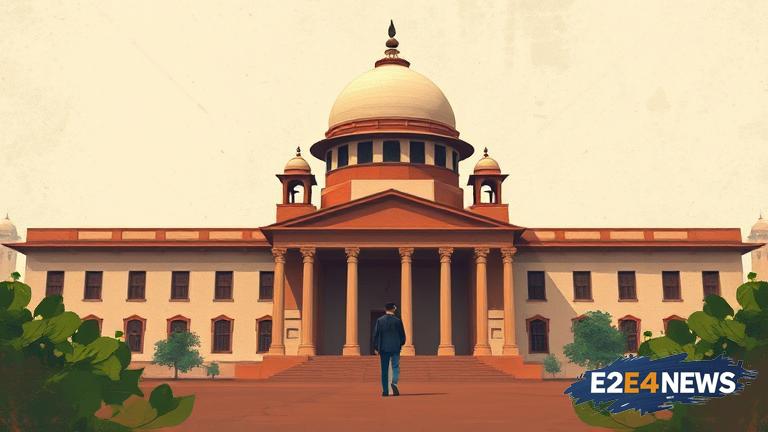The Indian judicial system has been under scrutiny lately, with a recent study of the Bombay High Court’s order pointing to several anomalies that have been plaguing the system. The study, which was conducted by a team of legal experts, reveals a disturbing trend of legal lethargy and inefficiency that has been hindering the delivery of justice in the country. One of the major anomalies highlighted by the study is the lack of transparency in the judicial process, with many cases being delayed or dismissed without proper explanation. The study also found that there is a significant backlog of cases in the Indian courts, with many cases taking years to be resolved. This has resulted in a significant delay in the delivery of justice, causing undue hardship to the litigants. Furthermore, the study found that there is a lack of accountability in the judicial system, with many judges and court officials not being held accountable for their actions. The study also highlights the issue of corruption in the judicial system, with many cases being influenced by external factors such as money and power. The study’s findings have sparked a heated debate about the need for reform in the Indian judicial system, with many calling for greater transparency and accountability. The Indian government has also taken notice of the study’s findings and has promised to take steps to address the anomalies and inefficiencies in the judicial system. However, many experts believe that more needs to be done to address the deep-seated problems in the system. The study’s findings have also raised questions about the independence of the judiciary, with many wondering if the judiciary is truly independent or if it is influenced by external factors. The Indian judiciary has a long and storied history, with the Supreme Court being the highest court in the land. However, despite its rich history, the judiciary has been facing several challenges in recent years, including a shortage of judges and a lack of infrastructure. The study’s findings have also highlighted the need for greater investment in the judicial system, including the appointment of more judges and the improvement of court infrastructure. Many experts believe that the Indian judicial system is at a crossroads, with the need for reform and improvement being more pressing than ever. The study’s findings have also sparked a debate about the role of technology in the judicial system, with many believing that technology can play a key role in improving the efficiency and transparency of the system. However, others have raised concerns about the potential risks and challenges associated with the use of technology in the judicial system. Despite the challenges and controversies surrounding the Indian judicial system, many experts believe that the system has the potential to be one of the best in the world. With the right reforms and improvements, the Indian judicial system can become a model for other countries to follow. The study’s findings have also highlighted the need for greater awareness and education about the judicial system, with many believing that a more informed and aware public can play a key role in promoting reform and improvement. In conclusion, the study of the Bombay High Court’s order has highlighted several anomalies and inefficiencies in the Indian judicial system, sparking a heated debate about the need for reform and improvement. While there are many challenges and controversies surrounding the system, many experts believe that with the right reforms and improvements, the Indian judicial system can become a model for other countries to follow.
